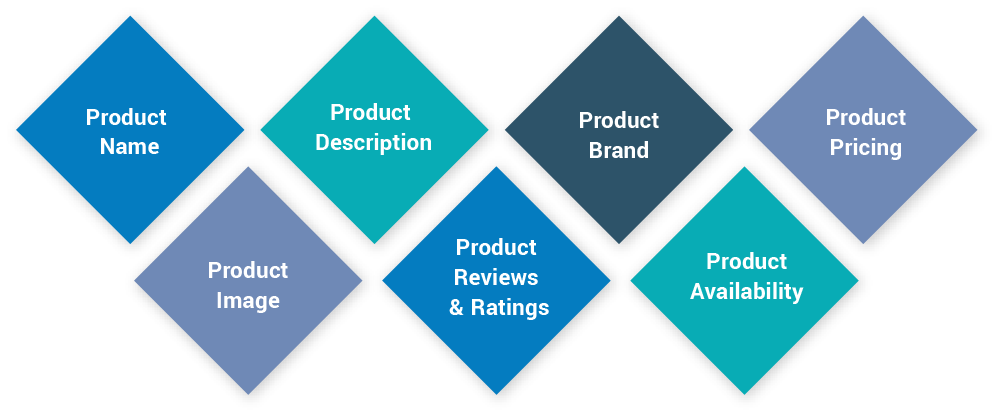
Competitive SEO
Competitive SEO
SEO is not a checklist. Despite what some might believe, ranking on page-one is not as simple as doing X and then getting Y. Search engine optimization is about offering the best results for a given search query. And that word “best” makes SEO a competitive sport.
Search optimization strategies typically follow the journey that begins with being seen and continues into the effort of being understood before ultimately making the case that the site should be preferred.
Be Seen
Typically referred to as “technical SEO” this is the art of making sure that your website can be easily consumed by search engines. This is often about code and security and architecture. All of this is critical, but unfortunately some sites get stuck at this stage and fail to progress beyond this phase. The number of potential optimization issues can feel overwhelming. Software scans can produce thousands of optimization opportunities. Most sites will want to determine when the visibility is “good enough” before moving to the next phases of the process.
Be Understood
It’s one thing to put your site out there and it’s another thing for the search engines to understand what the site is all about. Some sites present an image of great breadth while others are narrow and specialized. Sites should think about what they look like to a search engine relative to competitive sites.
As a general rule of thumb, sites that have less organic strength are probably better off focusing, while sites with the most organic strength are probably better off expanding that strength. For sites with a “focus” strategy, the key is to make sure that every page on the site contributes to a consistent story that is aimed at a specific type of searcher.
The best way to evaluate search engine perceptions is to see which pages (ignoring the home page) drive the most traffic to the site. If this is where the traffic is going, this collection of best performing pages likely represents what the search engines think is most relevant on your site.
Be Preferred
Once a site is both seen and understood, the next goal is drive more success by being a preferred source. What does it take to get to page-one of a search engine results page?
Getting to page-one is really hard. A keyword phrase like “ice cream” generates over 2.5 billion clickable options, but the page-one sites typically get over 90% of the clicks. Getting to page-one probably means displacing an existing link and that’s. Competitive SEO is the art of taking precise aim at unseating specific competitors for any given search.
SEO Competitive Content
Google has been clear that getting to page-one is about providing the best result for any given search query. Think of competitive SEO as competitive content and develop strategies for delivering better content than the competition. Getting to page-one starts with understanding which sites are on page-one today.
Sites like Google rely on a large array of indicators to determine how authoritative a site might be. It’s clear that not all good content is equal and that the stronger sites have a built-in advantage. But Google and other search engines are smart enough to realize that its opinion is not nearly as important as the opinion of searchers. Create exceptional content that searchers will eagerly consume and Google will increasingly reward the site with a higher ranking. It may not happen overnight, but it’s clear that competitive content wins in the end.
Building a Competitive Analysis
The first step toward building a competitive content strategy is to conduct a competitive analysis. There are two types of competitive analyses that can help guide a competitive search optimization strategy.
Competitive Site Analysis
Pick a handful of sites that are most similar. Picking large broad sites like Amazon or Walmart, for example, may not be as useful as picking sites that are similar in strength and product breadth. Using SEO research tools start to build a profile of the competition’s strengths and weaknesses. Your analysis should try to understand today’s success and the trajectory of the competitors. Is their SEO footprint growing? Is their strategy helping them gain or causing them to fall behind? This is also an opportunity to establish some site benchmarks to strive for.
Keyword Competitive Analysis
Collect a bundle of aspirational keywords that are representative of the site and then look to see what it takes, on average, to win. What does it take to come in number 10? How competitive is the site’s content when compared to the sites on page-one today? Which site would you want to best? How much content is required to displace one of these sites?
Most competitive analyses conclude that the single best competitive SEO strategy is to increase the overall content depth (word count) in order to deliver a more complete answer appropriate for more search queries.
Conclusions
Getting to page-one of a search result, whether as part of a paid search campaign or an organic strategy, requires having better content for any given search query than the other options. Building a plan to deliver page-one search results requires understanding and monitoring the content strategy of those sites that rank on page-one today. Generally speaking, displacing competitive sites requires building better content. A competitive analysis will help establish what “better” really means.
About the Author
Greg Harris is the Vice President of Strategy at eZdia.com. eZdia helps eCommerce sites design and scale their content strategies. eZdia offers both a site-level competitive analysis and a keyword competitive analysis for free to qualified eCommerce sites.





